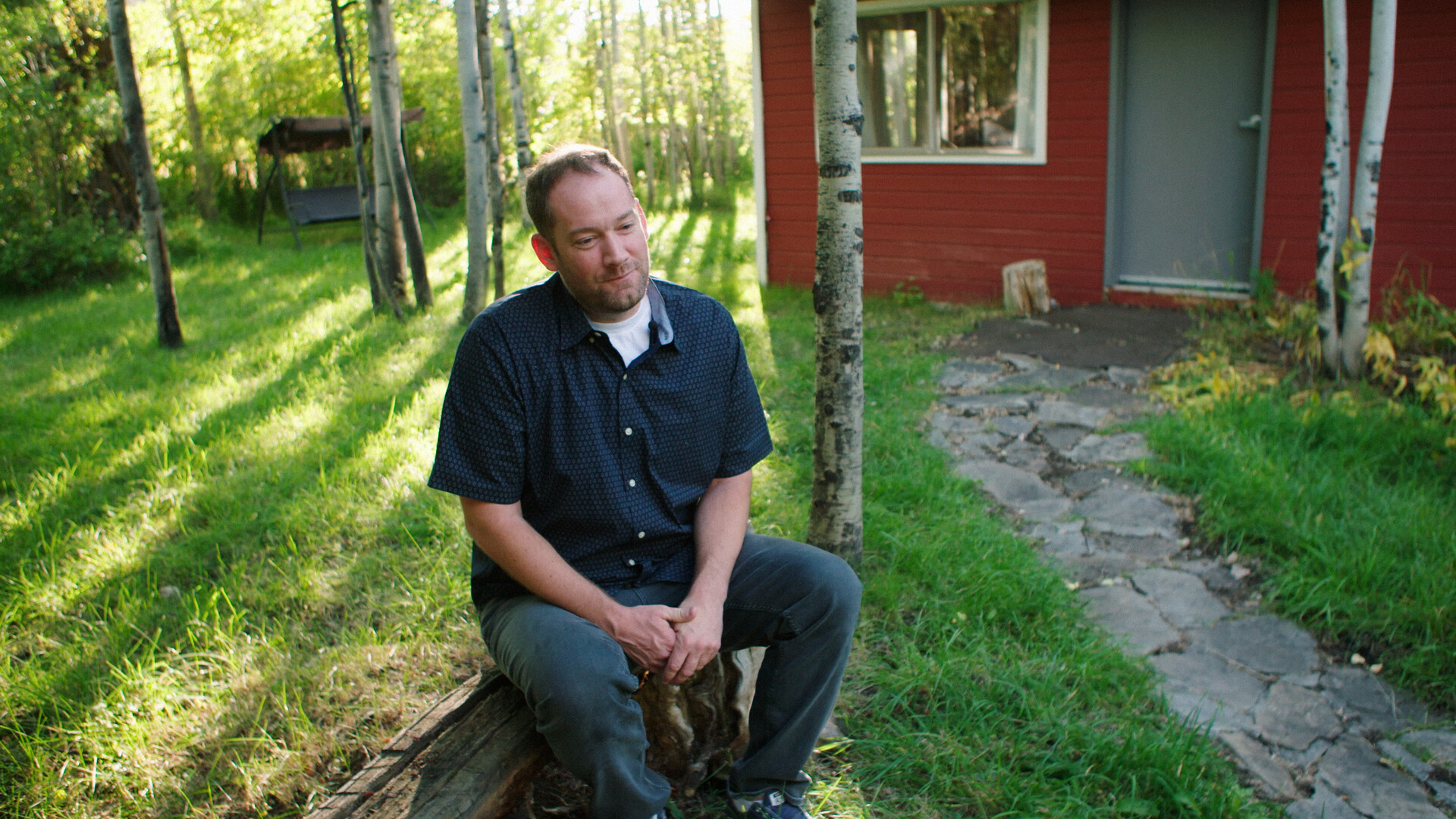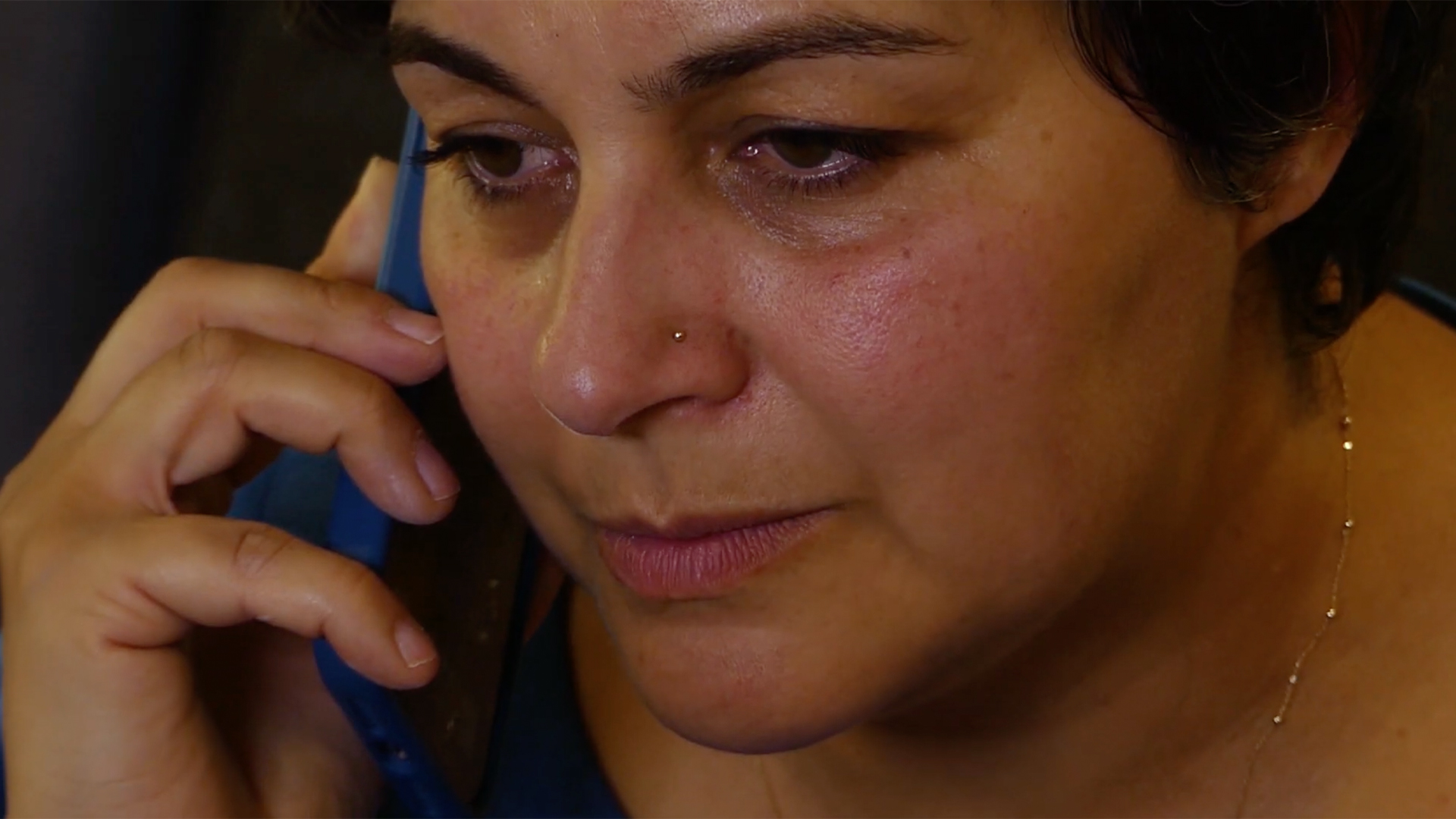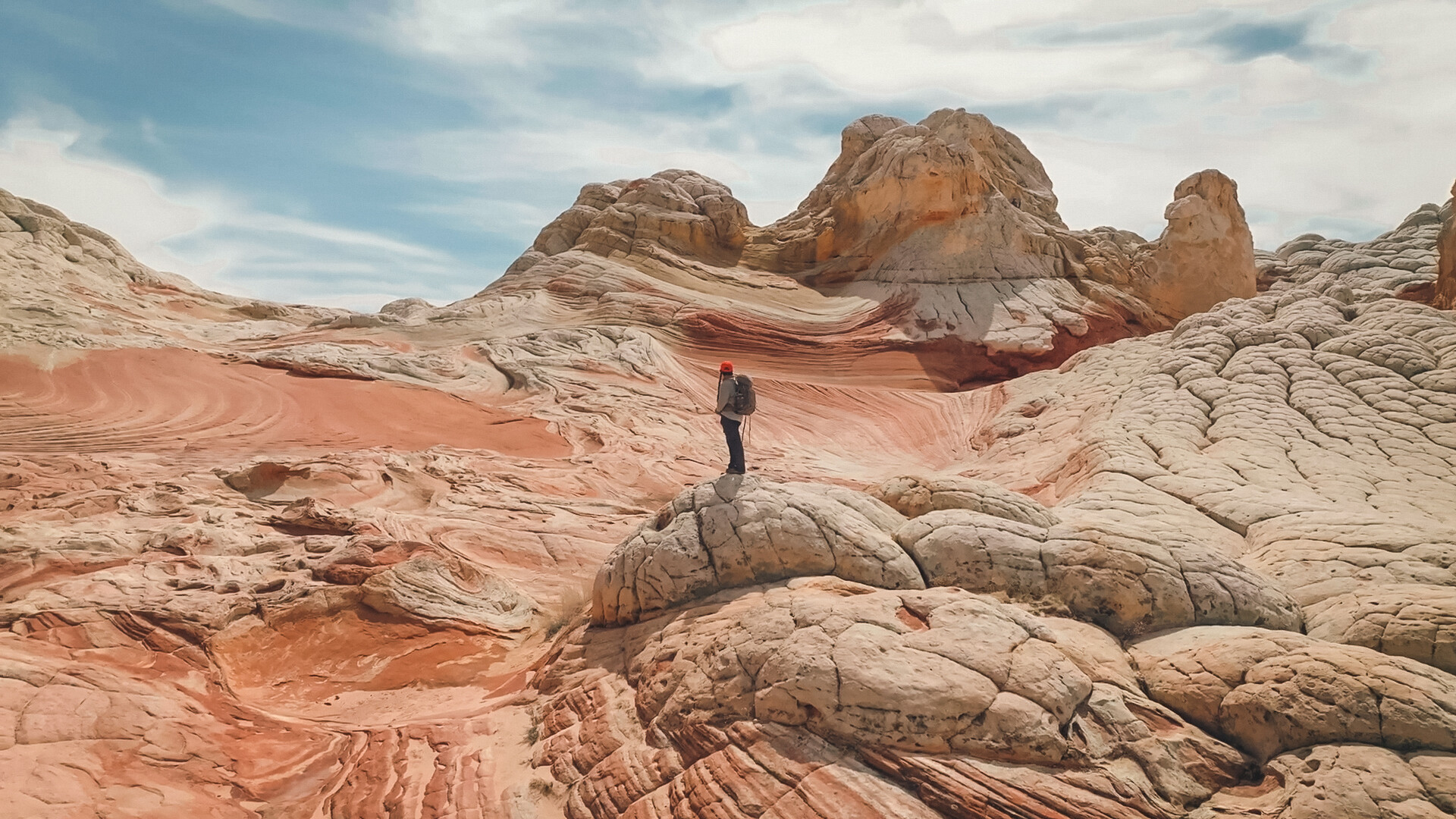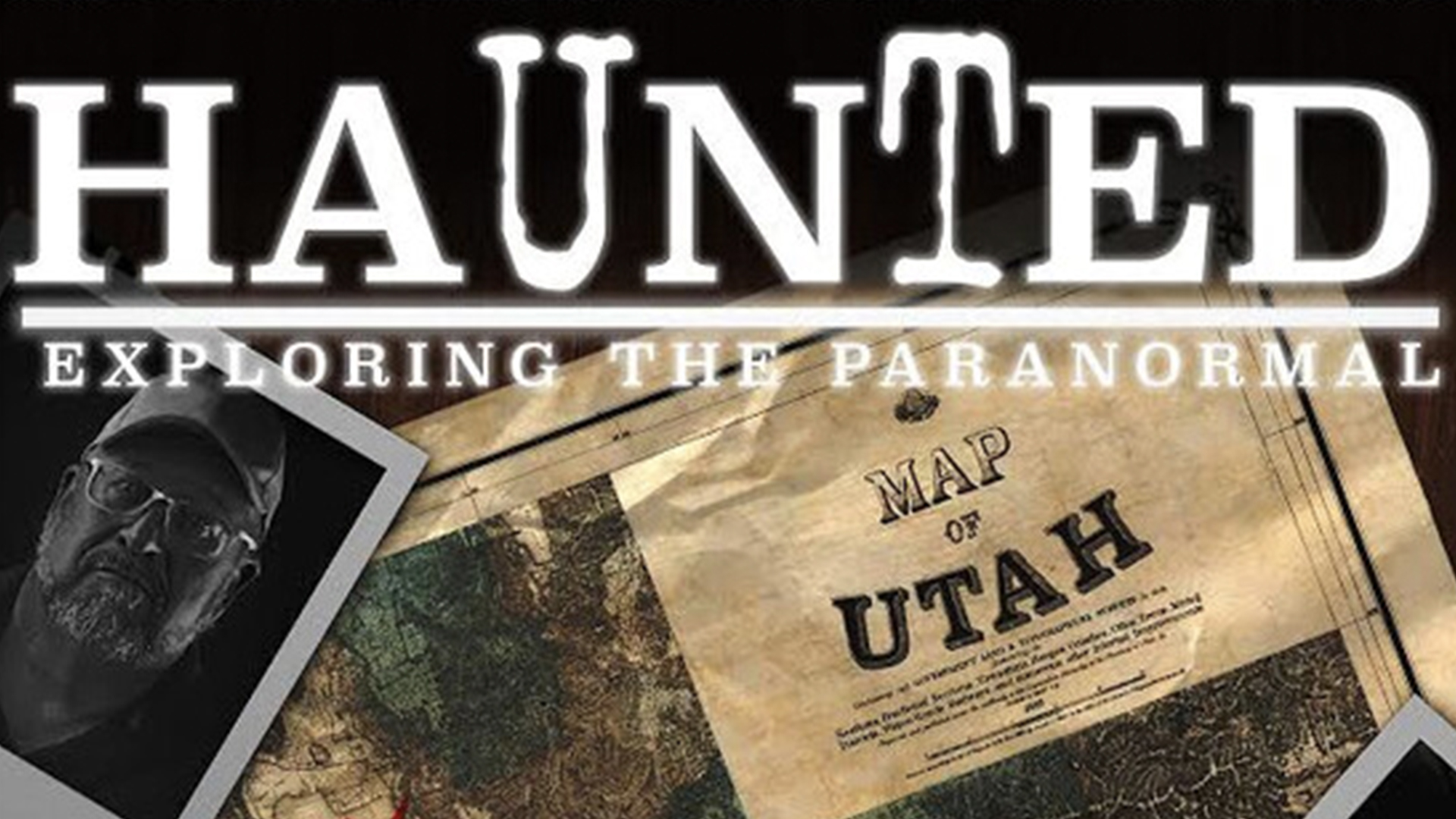Documentary
The Disappearance of Brandon Mull

Directed by Jason Conforto
The Disappearance of Brandon Mull is an ambitious documentary that poses a fascinating question: Can a New York Times best-selling author complete a novel in just one week? Director Jason Conforto captures Brandon Mull, the renowned fantasy author behind Fablehaven and Dragonwatch, as he embarks on this intense writing experiment. The film explores the challenges, creative pressures, and sheer determination involved in such a bold endeavor.
At its core, the documentary’s concept is immediately intriguing. Watching Mull grapple with time constraints and the creative process is enough to engage anyone interested in the writing world. The film’s slow-burn tension builds as the deadline approaches, making the audience root for Mull to succeed. While the premise alone could have carried the documentary, Conforto enriches the experience by showcasing the author’s personal struggles, making the film feel relatable to anyone who has faced creative pressure.
One of the standout aspects of The Disappearance of Brandon Mull is its production quality. The cinematography is well-executed, with beautifully composed shots that capture both the serene moments of reflection and the intensity of Mull’s race against time. B-roll footage of Mull typing, while mundane in theory, is made visually interesting through Conforto’s skillful direction and a dynamic sense of composition. The sound design and editing are also handled competently, contributing to the film’s overall polished feel, though some may find the pacing slow at times.
On the other hand, not all viewers will be captivated by the concept. One audience member felt the film failed to engage emotionally, despite its best efforts. The repetitive nature of watching someone type on a laptop, combined with interviews that don’t offer much beyond surface-level commentary, can feel monotonous. The self-imposed writing challenge, while dramatic in its way, may not provide enough excitement for all audiences. The constructed tension surrounding Mull’s deadline doesn’t always translate into a cinematic experience that grips the viewer.
Despite this critique, the film remains inspirational and fun for many, particularly those invested in the creative process. Mull’s lighthearted personality, paired with the film’s engaging interviews and well-chosen locations, adds warmth to the narrative. It’s easy to root for Mull, and his perseverance in completing his 20th novel feels like a triumph not just for him but for anyone watching.
In the end, The Disappearance of Brandon Mull feels like it could have benefited from a longer format. The concept is rich enough to explore in a documentary series, where the intricacies of the writing process and Mull’s personal journey could be delved into more deeply. As it stands, the short runtime feels like a snapshot of what could have been a more detailed and layered documentary.
The Disappearance of Brandon Mull is a well-made, compelling documentary that offers a unique window into the world of speed writing and creative challenges. While the slow pacing and limited depth may detract from its broader appeal, the film’s polished production and inspiring subject make it a rewarding watch for fans of Brandon Mull and anyone intrigued by the creative process.
Documentary
From the Dust

Directed by Tonya Papanikolas
Warning – This review contains spoilers.
From the Dust tells the poignant story of Anastasia, a woman who embarks on a journey of healing after a traumatic discovery in her marriage. Through the art of pottery, Anastasia finds a way to rebuild her confidence and self-worth after the emotional scars left by her husband’s betrayal. Watching this documentary, I was struck by how effectively it captures the process of personal recovery, showing how something as simple as creating art can become a lifeline in the aftermath of such intense pain.
The narrative is deeply personal, and the documentary does a beautiful job of drawing the audience into Anastasia’s emotional world. I was particularly moved by the way she shared her story with such honesty, describing not only her trauma but also her gradual rediscovery of herself through pottery. It’s not just about the act of creating something—it’s about the empowerment that comes from doing something for oneself, especially when life feels like it’s falling apart. I found Anastasia’s journey compelling, and I believe many audiences will connect with her story of resilience and self-reclamation.
Technically, the documentary is solid. The lighting, sound, and editing were all handled well, ensuring that Anastasia’s story was front and center without distractions. The cinematography particularly stood out to me in the way it captured the pottery process, highlighting the tactile nature of the art form. The shots of Anastasia’s hands shaping the clay mirrored her emotional recovery, a subtle but effective visual metaphor that really added depth to the film. While there was nothing groundbreaking in the technical aspects, everything came together smoothly, allowing the emotional heart of the film to shine through.
For me, From the Dust felt both intimate and relatable. Although I haven’t personally experienced the kind of betrayal Anastasia did, the universal themes of healing and rediscovery resonated. The documentary is an emotional watch, and I believe many viewers, particularly those who have faced similar challenges in their own relationships, will find it moving. The documentary avoids falling into melodrama, instead offering an authentic portrayal of a woman who is simply trying to find her way back to herself after being shattered by betrayal.
In summary, From the Dust is a thoughtful and moving documentary that explores how art can become a powerful tool for healing. Tonya Papanikolas crafts a sensitive and relatable portrait of a woman finding her strength in the wake of deep emotional wounds. With its strong visuals and heartfelt narrative, the film is likely to resonate with audiences who appreciate stories of resilience and self-discovery.
Documentary
A Life of Intent: Growing Desert Roots

Directed by Caroline Boyd
Warning – This review may contain spoilers.
A Life of Intent: Growing Desert Roots takes us through the journey of Shelly, a nature photographer who found solace and meaning in her art after a traumatic brain injury at 19. Shelly’s story, set against the vast and serene landscapes of the Southwest, is both inspiring and moving. I felt drawn into her process of healing and self-discovery, especially as she uses photography to navigate the challenges brought on by her injury. Her resilience shines through and I couldn’t help but admire her determination to live a life filled with purpose.
The documentary beautifully weaves together breathtaking visuals of the desert with Shelly’s personal narrative. The cinematography is one of the film’s strongest points—capturing the Southwest in all its splendor, with vibrant shots of nature that contrast with Shelly’s more intimate still photography. The juxtaposition of these large-scale live images with her personal photographs gave me a deeper connection to her story, highlighting the power of nature as both a subject and a source of healing. However, there were moments where I felt that the visuals didn’t fully align with the dialogue, which left certain scenes feeling somewhat disjointed.
Caroline Boyd’s emphasized Shelly’s transformative journey and the healing power of nature. This theme is apparent throughout, though there are moments where the editing and sound design could have been tighter to create a more seamless flow. The scene where Shelly speaks about the tree for example, felt a bit forced and I would have liked to see that story unfold more naturally. Still the overall message of the film—resilience through creativity and connection with nature—came across clearly and left me reflecting on how we all find ways to cope with life’s challenges.
Now onto the technical side. The cinematography is a highlight of the film, especially in the way it captures the beauty of the desert and Shelly’s connection to it. The background music complemented the visuals well, heightening the emotional impact without overwhelming the story. I found that the editing could have been stronger in certain parts, as some scenes didn’t flow as smoothly as others, particularly when the focus shifted between Shelly’s personal story and her professional work as a guide. I also noticed that while Shelly’s monologue was touching, it had to do a lot of the heavy lifting to convey the film’s deeper themes and it felt like the narrative was leaning too heavily on her words instead of letting the visuals tell more of the story.
A Life of Intent: Growing Desert Roots is an inspiring exploration of Shelly’s journey toward acceptance and healing through photography and nature. Its heart is in the right place, and Shelly’s story is one of courage and resilience that will resonate with viewers. The documentary effectively shows the power of art as a tool for personal growth and reminds us of the beauty that can be found even in the most challenging circumstances.
This documentary offers a reflective and heartfelt look at one woman’s journey to reclaim her life after trauma. The emotional depth and breathtaking visuals make it an inspiring watch. Audiences who appreciate the intersection of nature, art, and personal resilience will connect with Shelly’s story.
Documentary
haUnTed – Exploring The Paranormal

Directed by Tanner Alex Reyburn and Daria Pustovoytova
Warning – this review may contain spoilers
haUnTed – Exploring The Paranormal is a documentary that takes viewers on a journey through Utah’s paranormal scene, featuring interviews with psychics, paranormal investigators, and people who’ve had supernatural experiences. I found the variety of perspectives interesting, especially since they came from such different backgrounds. Hearing stories from those who claim to have encountered the paranormal kept me engaged, but I felt like the film struggled to tie everything together. At times, it jumped from one subject to another too quickly, and I found myself wishing for more focus. The ghost hunt toward the end seemed like it would be the film’s climax, but it felt rushed and didn’t deliver the intensity I was expecting.
The interviews were engaging, with some genuinely spooky moments, but I think the documentary bit off more than it could chew. It tried to explore so many different aspects of the paranormal world, and as a result, it sometimes lost momentum. The lack of cohesion between interviews and the ghost hunt made it harder for me to stay fully immersed. I appreciated the range of experiences shared, and I think paranormal enthusiasts would enjoy the variety of stories. Skeptics, however, might find the lack of solid evidence or a clear narrative a bit frustrating.
From a technical filmmaking perspective I noticed a lot of inconsistency. The interviews were well-lit and composed, which I appreciated, but once the documentary shifted to the ghost hunting segment, things went downhill a bit. The footage became too dark, and some shots were out of focus, which made it hard to follow what was happening. Sound was another issue, with some interviews being crystal clear while others were hard to hear. The music was subtle, which I liked, but it didn’t do much to elevate the tension during the ghost hunt, which felt like a missed opportunity. The editing, especially in the ghost hunting scenes, felt a bit disjointed, and the constant use of fades sometimes took me out of the experience.
I didn’t find myself personally connected to the film, but I did enjoy some of the stories, particularly those that offered a more eerie or mysterious tone. haUnTed – Exploring The Paranormal had potential, but I think it would have benefited from a more focused narrative and a stronger conclusion. If you’re a fan of paranormal stories, you’ll probably find something to enjoy here, but if you’re looking for a truly compelling ghost hunt or solid proof of the supernatural, it might leave you wanting more.










